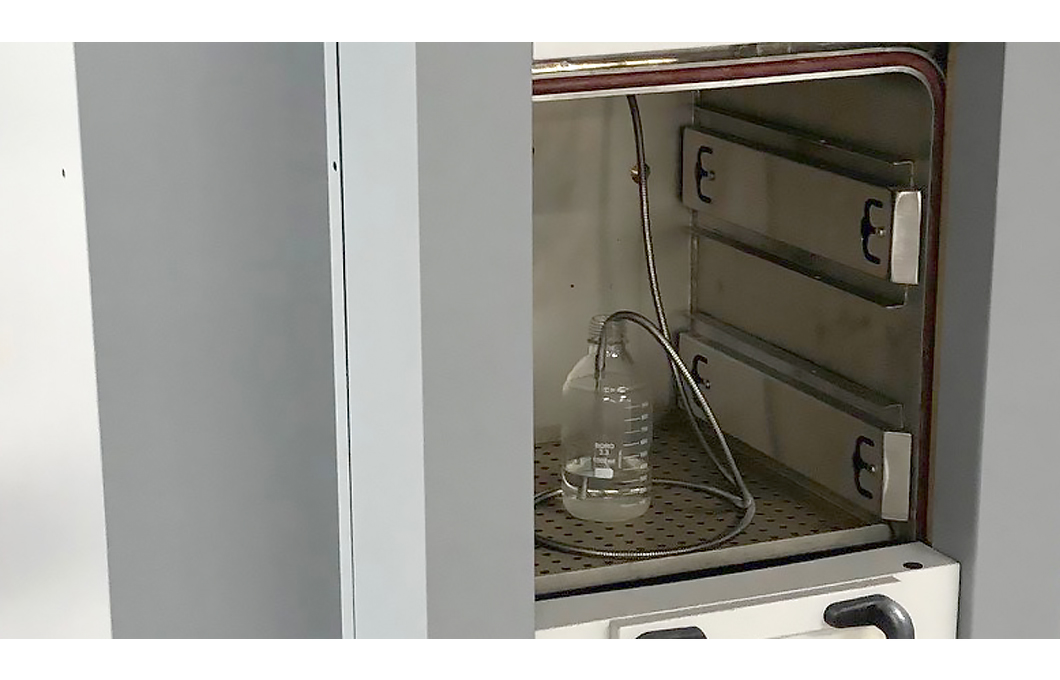When buying an autoclave or sterilizer there are many factors to take into consideration, such as what you are planning to sterilize, load capacity, throughput, and whether a dry load is required at the end of the cycle.
All these factors can be encompassed into one important question, “what are you sterilizing?”. In knowing your load type, you can better understand the type of autoclave and any accessories required.
Below are some examples of typical load types and our recommendations of the accessories required for each load.
Discard or Lab Waste
There are two types of discard: non-hazardous (P1 and P2) & hazardous (P3). Non-Hazardous can be sterilized in any of our standard autoclaves without the need for any additional accessories although we would always recommend a pre-post vacuum system to assist with air removal.
Hazardous discard however needs deep steam sterilization and exhaust filtration. For this we would recommend an autoclave fitted with a vacuum system. This will remove any air pockets within the chamber which would otherwise prevent the steam penetrating deep into the load, thereby ensuring complete sterilization. In addition, we would fit a CAT-3 effluent retention filter to return condensate to the chamber for sterilization and filters the exhaust air through a0.2µ filter which prevents potentially dangerous pathogens escaping into the atmosphere.
Fluids/Media
Fluid loads or Media loads can be sterilized in a standard autoclave; however, these generally have a longer cycle time as the fluids need time to naturally cool down. If a faster cycle time is required, we would suggest the use of an Air Ballast system. This introduces an over-pressure into the chamber, which stabilizes the pressure, allowing faster cooling times whilst preventing potential fluid volume loss or breakages.
Glassware
Any empty glassware such as beakers, flasks and funnels can be sterilized in any of our standard autoclaves. If the loads need to be dry at the end of the cycle then you need an autoclave with vacuum and steam jacket. This combination will ensure a dry load at the end of the cycle.
Hollow-ware
For loads such as tubes and pipette tips, it is important to ensure that all traces of water and moisture are removed from the inside surfaces. For this we would recommend autoclaves with a vacuum system and steam jacket to ensure a totally dry load at the end of the cycle.
Surgical and wrapped instruments
A porous load sterilizer is required for surgical/wrapped instruments, as a minimum your sterilizer should have an integral steam generator or external steam source, a vacuum system, steam jacket and (for NHS and healthcare clients) an air detector to check for air pockets during various stages of the cycle. LTE offer both life science and healthcare sterilizers specifically made for porous loads. Our healthcare machines are fully HTM compliant.
Though Autoclaves are primarily used for the loads above there is some flexibility in what can be sterilized with them. We have over 70 years’ experience in sterilization and decontamination, spanning across the scientific and medical sectors. So, if you have any queries about load types or what autoclave would best suit your requirements please do contact us.








